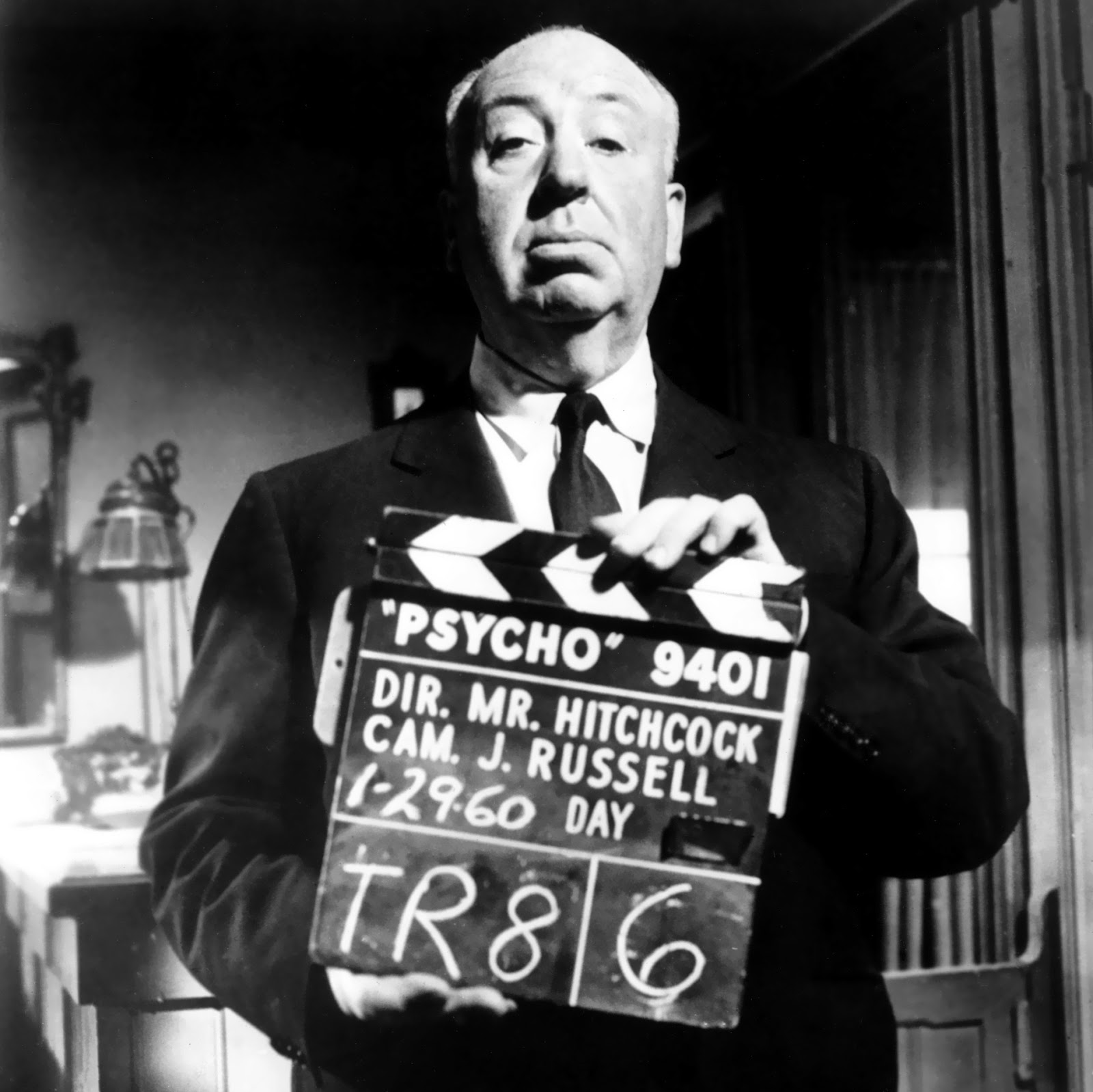In cinema, there was only one master and he went by the name of Alfred Hitchcock. Brimming with suspense, packed with intrigue and tension, there’s no mistaking a Hitchcock film for something else. Ever since his first film, Hitchcock was the master of the suspense film, able to imbue a scene with just enough tension to leave audience members gripping their seats in cinematic stress. Hitchcock claimed that the key to true suspense was showing the audience a glimpse of something hidden for just a moment and then ignoring it completely for the rest of the scene. Showing a concealed gun in a drawer and then focusing on a domestic conversation was a sure fire way to hook the audience. Whether it was a psychological thriller, romantic suspense film or full on horror, Hitchcock was truly the master of his genre and there has never been a filmmaker like him.
When Vertigo knocked Citizen Kane off Sight and Sound’s best film list two years ago, it seemed as if Hitchcock had taken over as lord of everything cinematic. Since then, endless studies and pieces have been written about Vertigo and the impossibility of its plot, its looping narrative and unsolved loose ends. In terms of this film, it seems that there was no cinematic equal and even 50 years down the line, it is still getting people talking.
Introducing newcomers to Hitchcock is a very tricky thing indeed. Whilst there is very little chance that they won’t have heard of him, his name is so huge and his work is so eclipsing that it’s very difficult to know where to begin. Sometimes, the best place to start is at the beginning and so that is exactly what we will do.
In 1927, the 20 something Hitchcock ventured once more into cinema with his silent feature The Lodger. Perhaps one of Hitchcock’s creepiest tales, the film tells the story of a series of night time murders in the foggy London streets. When a boarding house receives a new lodger, his suspicious time time activity is met with terror and fear from the inhabitants of the house. As the murders move closer and closer towards the boarding house, the police and the local neighbourhood plant their eyes on the community’s secretive new tenant. Perhaps all is not as it first seems. The film depicts London as a creepy, fog filled nightmare land and makes excellent use of colour filters, imbuing the interior and exterior scenes with coldness and queasy warmth as appropriate. The powdered, bulging eyes of Ivor Novello’s lodger are truly haunting and carry the film to the correct level of creepy. The Lodger is the perfect introduction to Hitchcock and sets up his cinematic viewpoint nicely for the features to follow.
Next on our tour comes The 39 Steps, the 1935 espionage thriller which depicted the hero against the odds as he tried to prevent the eponymous secret society from stealing confidential information. After The Lodger, The 39 Steps was the second of Hitchcock’s films to present an innocent man on the run, a trope the director chose to use in a number of his later films. Another element of the film is the Hitchcockian cameo, an element which hugely delighted cinematic audiences. In fact, the cameos became so popular that often audiences would become distracted from the plot, concentrating their efforts on spotting Hitchcock in a number of increasingly deceptive guises. As a result of this, Hitchcock soon made his cameo in the opening moments of later films so his audiences could spot him and continue to enjoy the film.
Rear Window is one of Hitchcock’s best loved films, perhaps because its set up is so deceptively simple: James Stewart has broken his leg and cannot leave his apartment. Therefore, he has nothing better to do than spy on his neighbours through a looking glass. Soon, he believes that he has spotted something rather sinister and it’s not altogether clear whether he has lost his mind, or his neighbour has killed his wife. The film was shot entirely in film studios and is remarkably beautiful. The small apartment block was built on one of the sound stages and is simultaneously neat, functional and somewhat offset. The very look of the buildings seems as if made for cinema, each apartment window like a minute cinema screen in the large building.
North by Northwest is our final destination on this brief Hitchcock trail. Another spy thriller, North by Northwest follows a case of mistaken identity as the innocent Carey Grant is followed across America by a sinister secret organisation who believe that he knows a lot more than he is letting on. Espionage, a Bernard Herrmann score, the Hitchcock blonde: The film has them all. With a culminating scene so iconic that it has been parodied by none other than Richie Rich, North by Northwest is a truly nuanced film, a real Hitchcock classic. The film, along with so many of Hitchcock’s other, features a graphic opening title sequence by designer Saul Bass. In the movement and graphic blockiness of Bass’s work, the modernity of Hitchcock’s cinematic intentions can be found.
Of course, there are dozens and dozens more which should really be mentioned. The wonder of Hitchcock is the fact that you can dip into virtually any of his films, at any point and find not only a true portrait of the man but also, a cinematic masterpiece. Whilst his contributions to cinema may have ceased some time ago, the work that Hitchcock has left is more than enough to quench any filmgoer’s thirst for good cinema. In each viewing of a Hitchcock film, we can detect so many things that we missed on each viewing, altering the way in which we think of the work. Hitchcock was the true master of suspense; giving us just enough to leave us wanting more, his work thrills and surprises us on each and every viewing.

